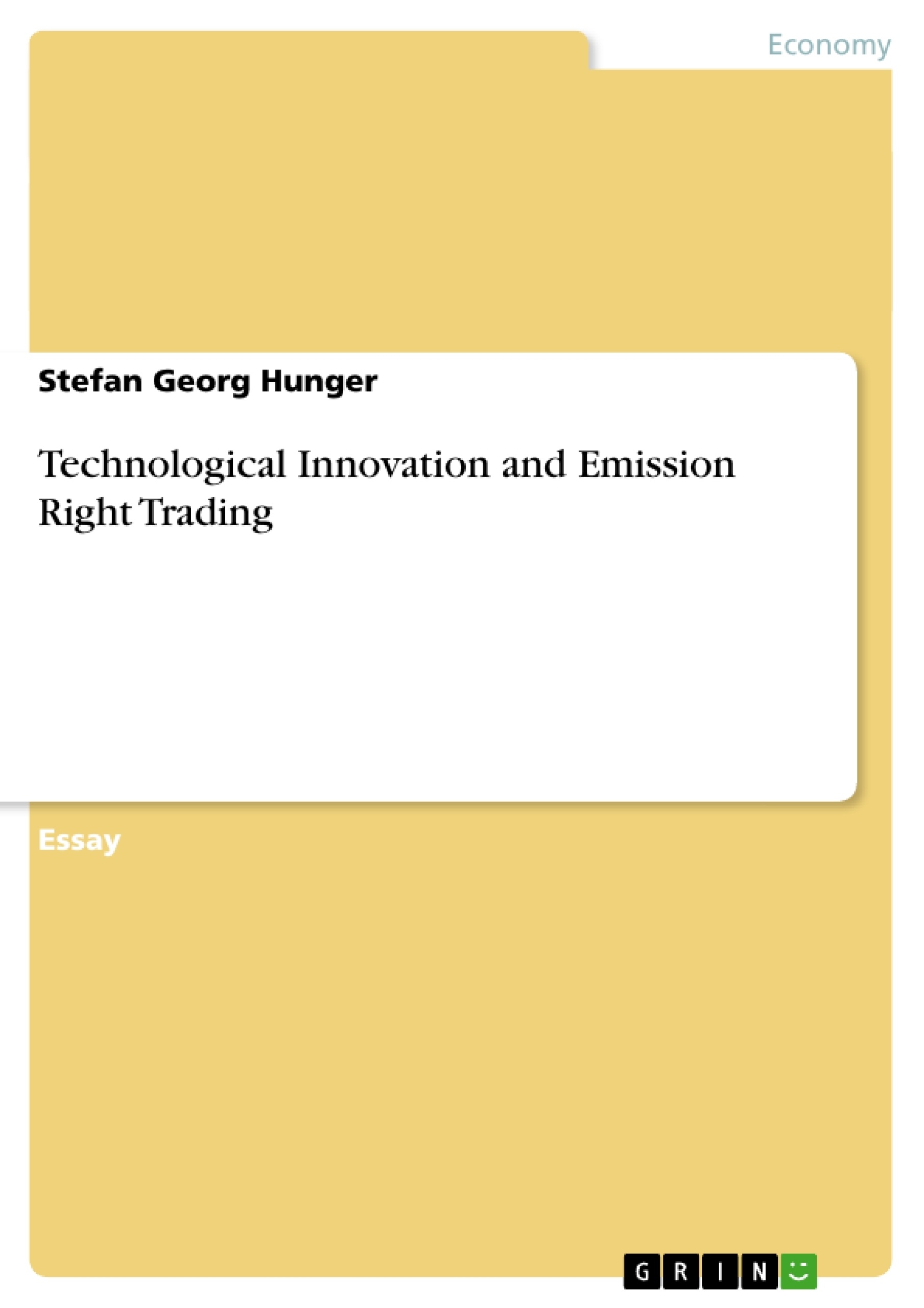In December 1997 more than 160 nations met in Kyoto, Japan, to negotiate binding limitations on certain greenhouse gases (primarily carbon dioxide) for the developed nations, pursuant to the objectives of the United Nations Framework Convention on Climate Change of 1992. The conference finally concluded with an international settlement, the Kyoto Protocol, in which the world’s wealthier countries (defined in Annex I of the treaty) agreed on binding commitments to limit their greenhouse gas emissions by 5.2 %, relative to the levels emitted in 1990. Each of the participating developed countries is obliged to decide how to meet its respective reduction goal during a five-year period from 2008 to 2012 according to specific basic rules. All parties of the protocol are urged to foster partnerships in research and observation of climate science, impacts and response strategies. Furthermore, the agreement requires the signing countries to consider ways to minimize adverse effects on developing countries of these actions transmitted through trade. Anyway, the restrictions will lower global demand for carbon-emitting fuels, reducing their international prices. But on the other hand emission controls depressing economic activity in countries subject to emission restrictions might also lower these countries’ demand for imports, some of which come from developing countries. In combination, these changes in trade volumes and prices can have complex consequences, harming some developing countries while benefiting others. The high potential costs of controlling pollutants by quantitative means have led to growing interest in many economic segments. For a global pollutant, such as carbon dioxide, a system of auctionable permits works in many ways like a carbon tax, although it is the total volume, rather than the marginal abatement cost, which is fixed. However, a permit scheme has various advantages, particularly if it allows for international trading. Unlike a carbon tax, permits can be saved for future use and thus, given that carbon is a long-lasting global pollutant, users retain a greater choice over the intertemporal path of consumption including the possibilities of a futures and options market. Furthermore, a major argument for a permit scheme is that potential international trading could allow extra cutbacks in pollution to be made in those countries, which have the lowest marginal abatement costs and sold to countries with higher marginal abatement costs.
Inhaltsverzeichnis (Table of Contents)
- Technological Innovation and Emission Right Trading
- The Kyoto Protocol
- The Role of Ecological Innovation
- Induced Innovation Hypothesis
- Financing Ecological Innovation
Zielsetzung und Themenschwerpunkte (Objectives and Key Themes)
This paper explores the intersection of technological innovation and emission right trading, specifically focusing on the implications of the Kyoto Protocol and its impact on ecological innovation. It examines the induced innovation hypothesis and how environmental policies can incentivize firms to develop new technologies to reduce pollution.
- The Kyoto Protocol and its implications for greenhouse gas emissions
- The role of ecological innovation in addressing climate change
- The induced innovation hypothesis and its relationship to energy prices and technological development
- The impact of emission trading schemes on innovation
- Financing mechanisms for ecological innovation
Zusammenfassung der Kapitel (Chapter Summaries)
- This chapter provides an overview of the Kyoto Protocol, its objectives, and the commitments made by participating nations to reduce greenhouse gas emissions. It highlights the potential impacts of these restrictions on global trade patterns and the need for partnerships in research and observation of climate science.
- This chapter delves into the importance of ecological innovation in addressing climate change. It discusses the lack of empirical evidence on the link between environmental policy and innovation, and explores the theoretical framework of induced innovation. It examines how price mechanisms can incentivize firms to invest in cleaner technologies.
- This chapter focuses on the induced innovation hypothesis, specifically the relationship between energy prices and technological innovation. It analyzes research on the aviation industry and the broader impact of energy prices on innovation, concluding that environmental policies can stimulate the development of cleaner technologies in the long run.
- This chapter examines the financing challenges faced by firms in adopting ecological innovation. It introduces the framework of Jean Tirole on corporate governance and discusses the role of public subsidies in incentivizing firms to invest in state-of-the-art environmentally friendly technologies. It explores the potential moral hazard problem associated with subsidies.
Schlüsselwörter (Keywords)
This paper focuses on key terms and concepts like the Kyoto Protocol, emission right trading, ecological innovation, induced innovation hypothesis, energy prices, technological change, environmental policy, and financing mechanisms for green technologies.
- Arbeit zitieren
- Stefan Georg Hunger (Autor:in), 2004, Technological Innovation and Emission Right Trading, München, GRIN Verlag, https://www.grin.com/document/44829



